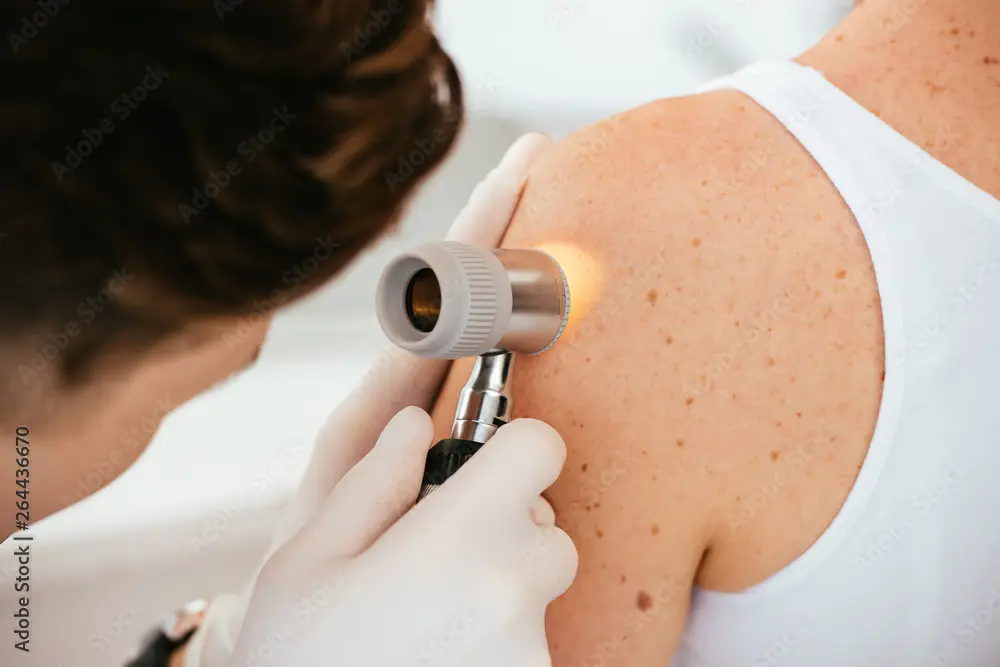- Medical
Skin Cancer Surveillance
Why Surveillance Matters
Skin cancer is common, but it is also highly treatable when detected early. For patients with a personal or family history of skin cancer, ongoing surveillance is one of the most effective ways to prevent recurrence and catch new cancers at their earliest stages. At Heritage Dermatology, we provide careful, routine monitoring to ensure your skin health is managed with vigilance and expertise.
Types of Skin Cancer
Malignant Melanoma
Melanoma is one of the most aggressive forms of skin cancer. When identified and treated early, survival rates are very high. Because melanoma can develop in both sun-exposed and protected areas of the body, regular surveillance visits are essential for early recognition and prompt care.
Basal Cell Carcinoma (BCC)
BCC is the most common form of skin cancer. It tends to grow slowly and rarely spreads but can cause local tissue damage if not addressed. It may appear as a pearly bump, pink patch, or an open sore that does not heal. Ongoing monitoring helps ensure that any new lesions are identified quickly.
Squamous Cell Carcinoma (SCC)
SCC is the second most common skin cancer. It often appears as thick, scaly patches or raised growths that may crust or bleed. Unlike BCC, squamous cell carcinoma can spread to the lymph nodes. Surveillance helps catch these lesions early before they become more difficult to treat.
The ABCDE's of skin cancer
As part of skin cancer surveillance, we encourage patients to stay familiar with their own skin between visits. The ABCDEs are a simple guide for identifying suspicious spots:
A – Asymmetry: One half does not match the other.
B – Border: Edges are irregular or blurred.
C – Color: More than one color or uneven shading is present.
D – Diameter: Larger than ¼ inch in size.
E – Evolution: Any change in size, shape, color, or symptoms such as bleeding or itching.
If you notice changes between appointments, it is important to contact our office promptly.
What to Expect During Surveillance
During a surveillance visit, our dermatologists perform a thorough full-body examination, checking both sun-exposed and protected areas. We use tools such as a dermatoscope to evaluate spots in detail, increasing the accuracy of diagnosis. If a suspicious lesion is found, a skin biopsy may be performed under local anesthesia to confirm the diagnosis.
Surveillance also includes reviewing your personal and family history, assessing risk factors such as prior sunburns, and monitoring previous treatment sites. In some cases, lymph node checks may be performed if there is concern for spread.
Long-Term Skin Health
Surveillance is about more than catching skin cancers early. It is about building a relationship of trust and ensuring you have ongoing support for your skin health. By combining professional monitoring with patient awareness, we reduce risks, improve outcomes, and give you confidence in the health of your skin.
If you have a history of skin cancer or risk factors that increase your chances of developing it, ongoing surveillance is the best way to protect yourself. Schedule a skin cancer surveillance visit at Heritage Dermatology and take an active step in safeguarding your long-term health.

